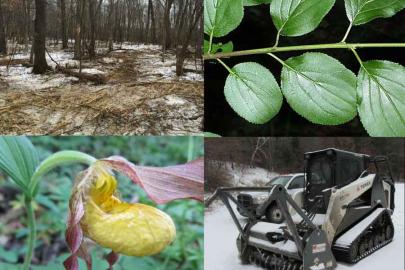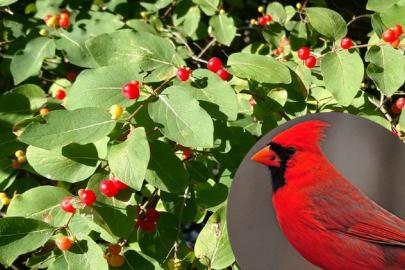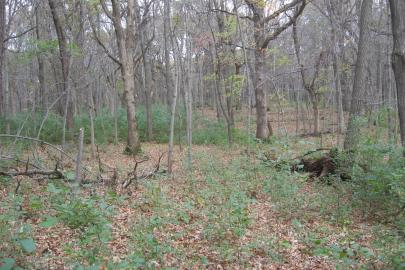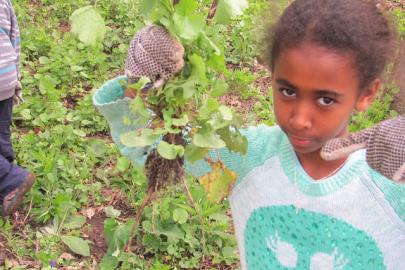What pops to mind when you think of restoring a forest? Perhaps people planting trees? ...How about bobcat-like machines busily eating up small trees and spitting out the splinters?
If you'd visited Hampton Woods this spring, this is exactly the scene you would have come across. The machines were forestry mowers, consuming invasive European buckthorn.
Not only were the mowers benefiting the long-term health of the forest, but they're part of a new FMR research project to compare and contrast the effectiveness of different methods to both control buckthorn and support the growth of native plants and habitat. >>
Read more


